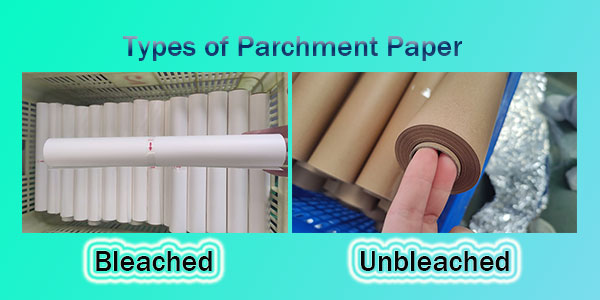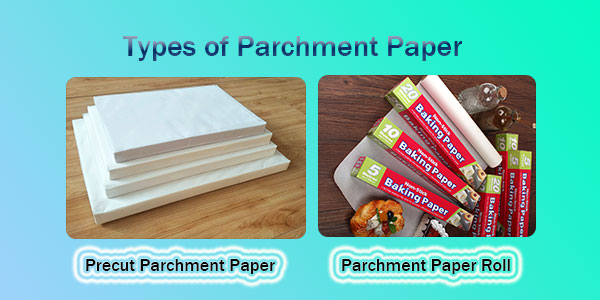Parchment paper comes in two main types: bleached and unbleached. Bleached parchment paper is white and has been treated with chlorine to achieve its color. Unbleached parchment paper is brown and has not been treated with chlorine, making it a more environmentally friendly option.

You can purchase parchment paper in pre-cut sheets or rolls. Pre-cut sheets are convenient and save time, while rolls offer flexibility in sizing and can be cut to fit any pan or baking tray.

One of the primary reasons for using parchment paper is its non-stick properties. High-quality parchment paper should prevent food from sticking, making it easier to remove baked goods from pans without damage.
It's important to choose parchment paper that can withstand high temperatures, especially if you plan to use it for baking. Most parchment papers can handle temperatures up to 450°F (232°C), but always check the manufacturer's specifications.
Thickness and durability are crucial for ensuring the parchment paper can handle various tasks without tearing. Thicker parchment paper is generally more durable and can be reused multiple times, making it a cost-effective option.
For those concerned about the environment, eco-friendly and biodegradable parchment paper is available. Unbleached parchment paper is typically more environmentally friendly and some brands offer compostable options.
Look for certifications such as FSC (Forest Stewardship Council) to ensure the parchment paper is sourced from sustainably managed forests. Other certifications, like compostability certifications, can also indicate environmentally friendly products.
Parchment paper is incredibly versatile and can be used for baking cookies, roasting vegetables, and lining cake pans. It prevents sticking and makes cleanup a breeze.
In addition to common uses, parchment paper is also great for more specialized tasks such as creating parchment packets (en papillote) for steaming fish or vegetables, and for rolling out dough without sticking.
Parchment paper prices can vary widely depending on the brand, type, and quantity. While it can be tempting to go for the cheapest option, investing in higher-quality parchment paper can save you money in the long run due to its durability and performance.
Finding a balance between cost and quality is key. Look for products that offer good value, combining reasonable pricing with high-quality features such as non-stick properties and heat resistance.
Several brands are well-known for their high-quality parchment paper, including Reynolds, If You Care, and Kirkland. Researching brand reputations and reading reviews can help you make an informed decision.
Parchment paper is widely available at grocery stores, kitchen supply stores, and online retailers. Buying in bulk online can often save money and ensure you always have parchment paper on hand.
Consider what tasks you'll be using the parchment paper for most often. For example, if you bake frequently, a roll of high-quality, heat-resistant parchment paper might be best. If you need convenience, pre-cut sheets are ideal.
Store your parchment paper in a cool, dry place to maintain its quality. When using it for baking, ensure it lies flat on the baking surface to prevent it from curling or burning.
Choosing the right parchment paper involves considering several factors such as type, features, environmental impact, and cost. By understanding these aspects, you can make an informed choice that enhances your cooking and baking experience. With the right parchment paper, you'll enjoy hassle-free, non-stick cooking, making your time in the kitchen more enjoyable and efficient.